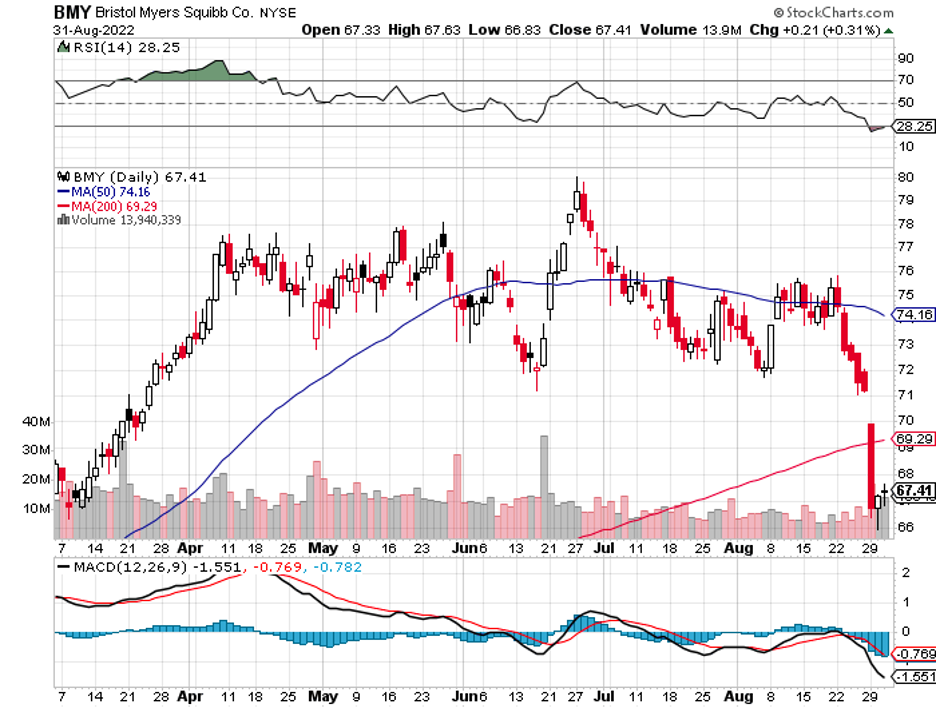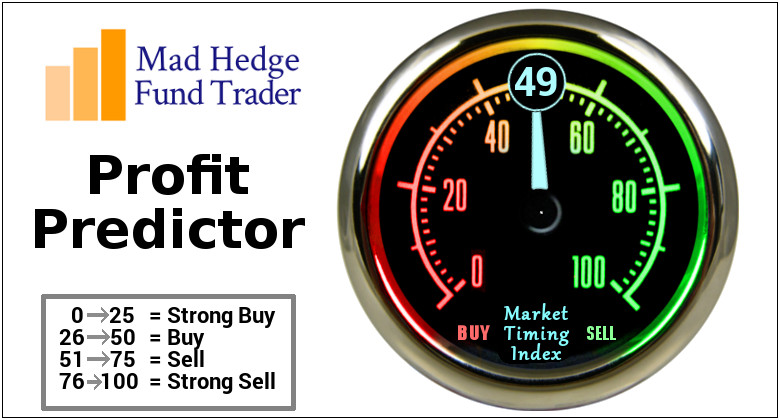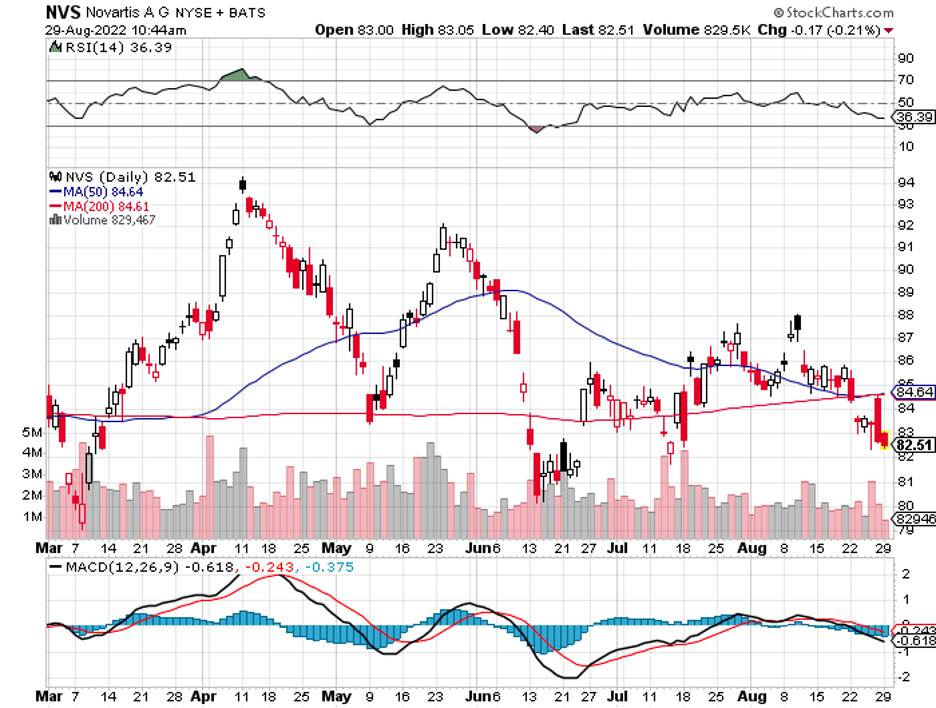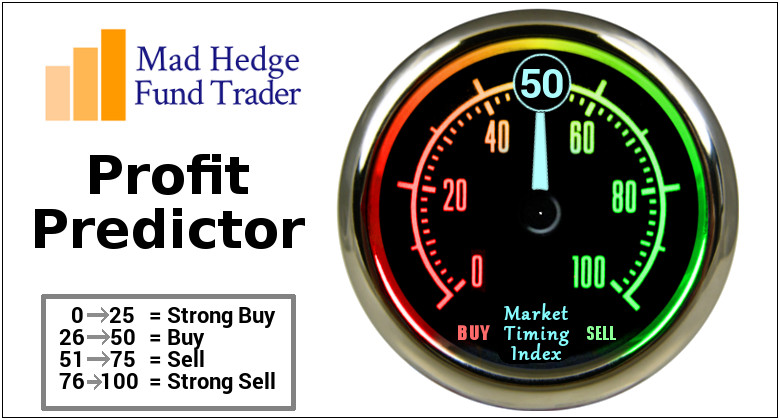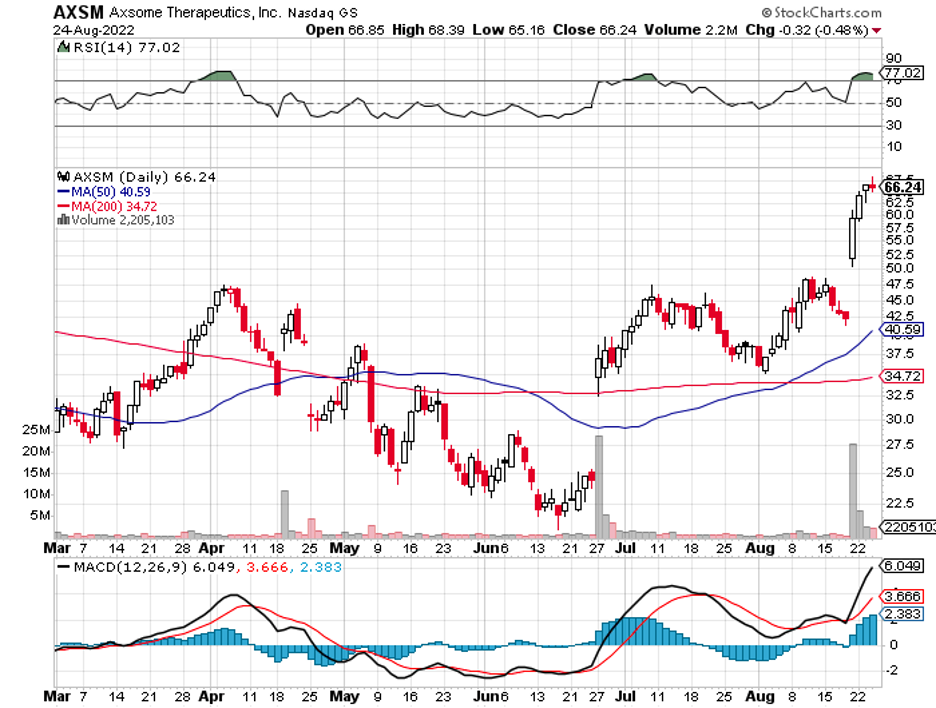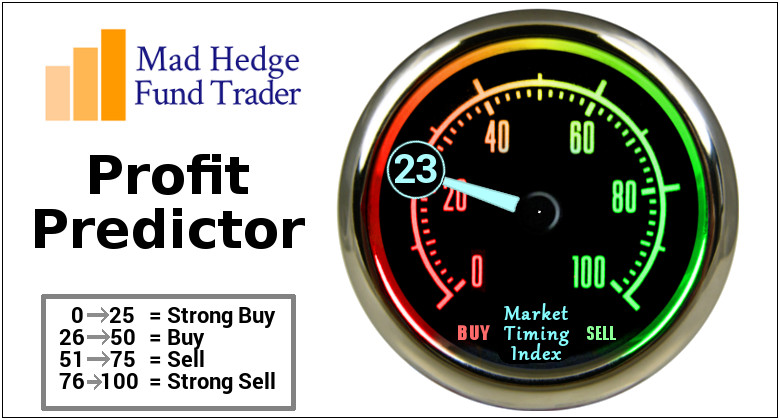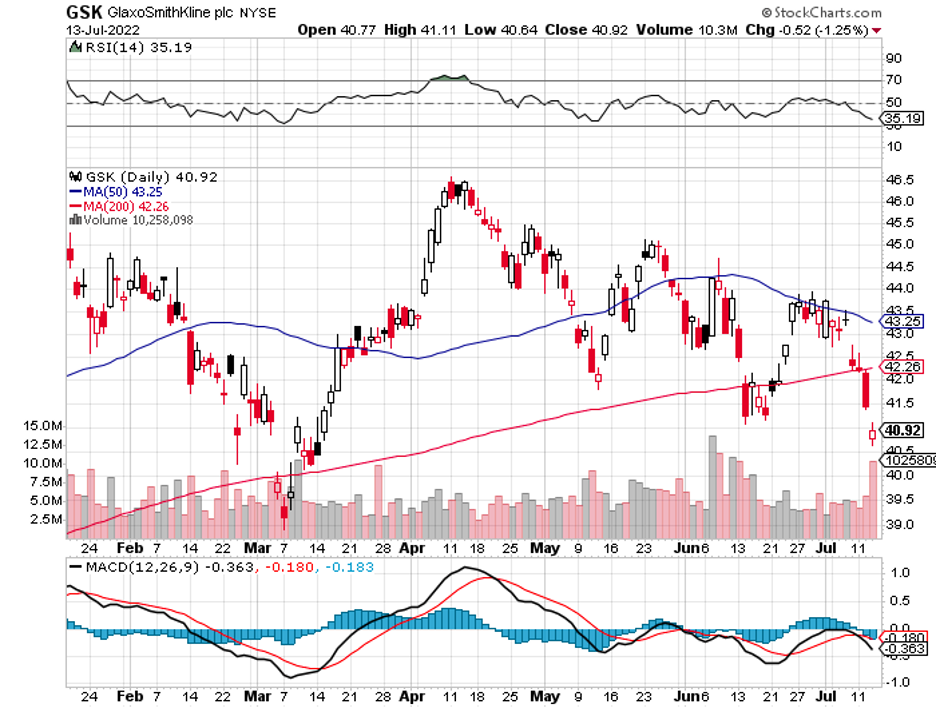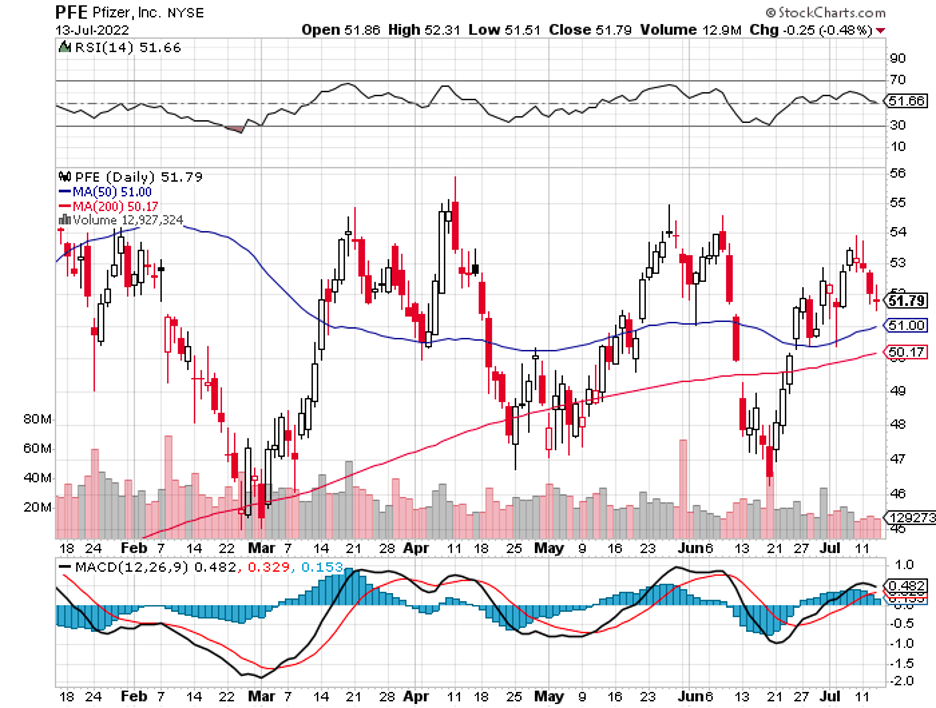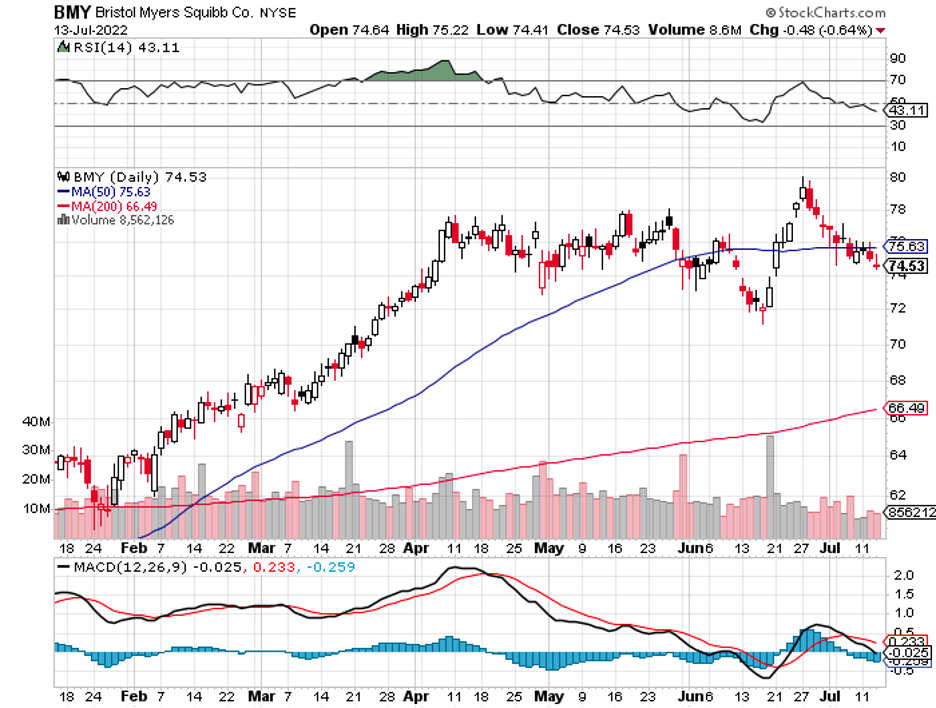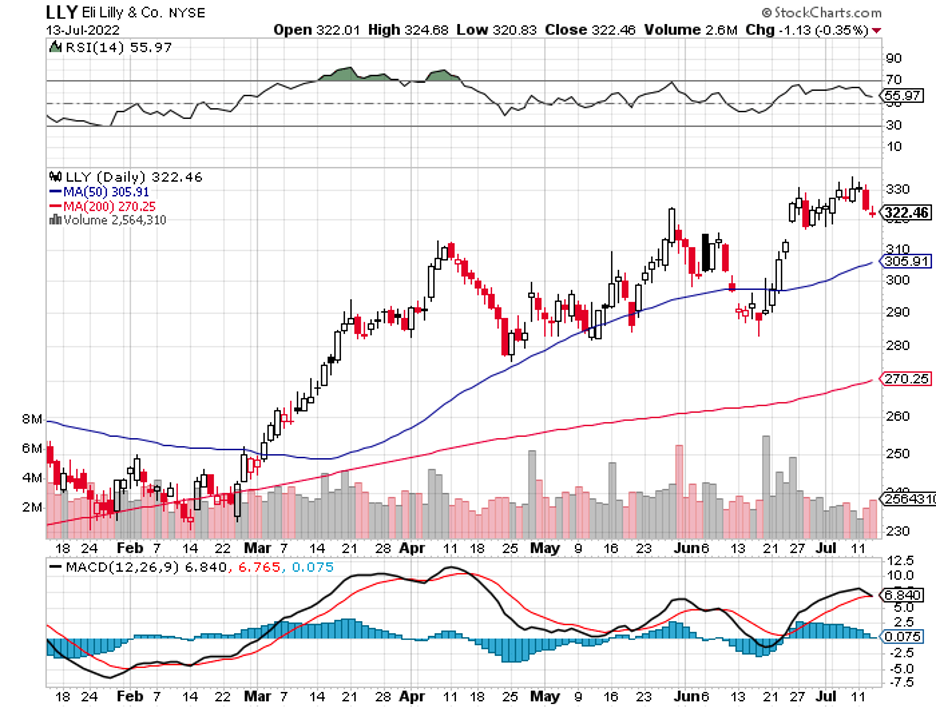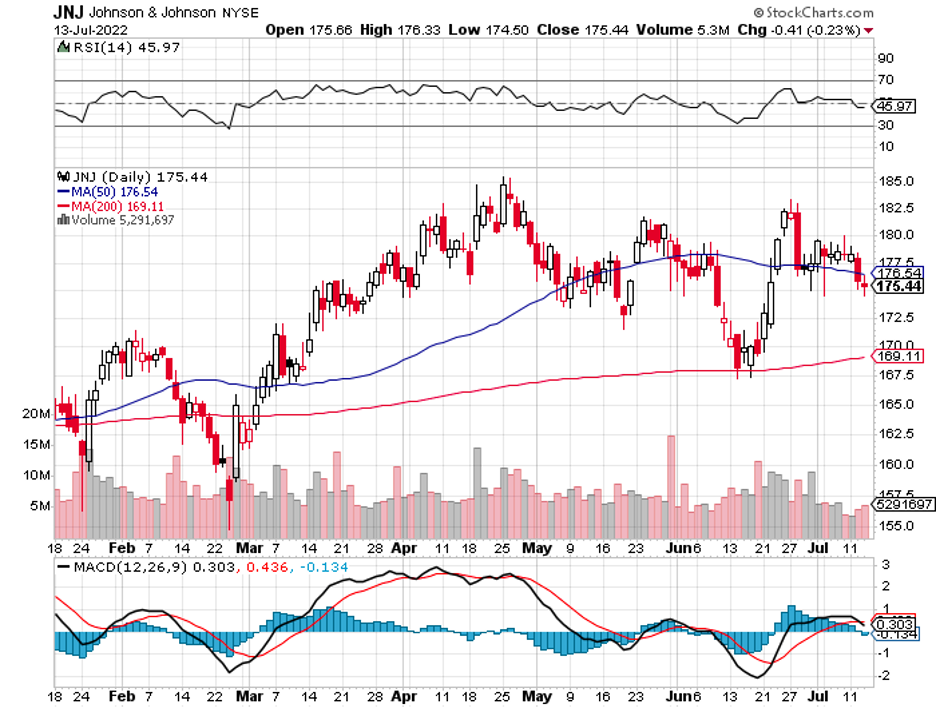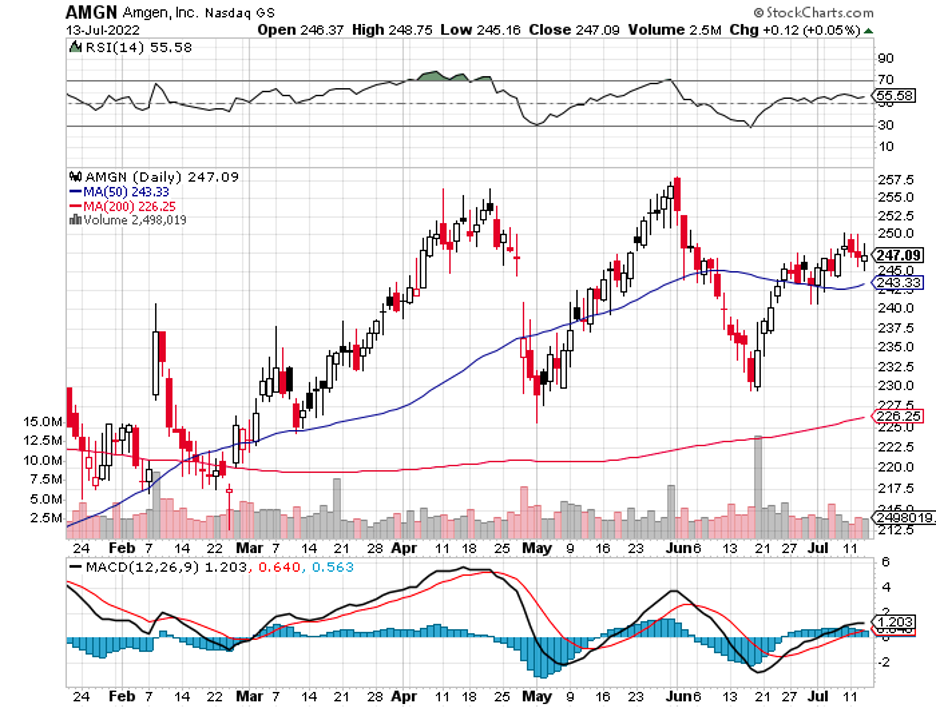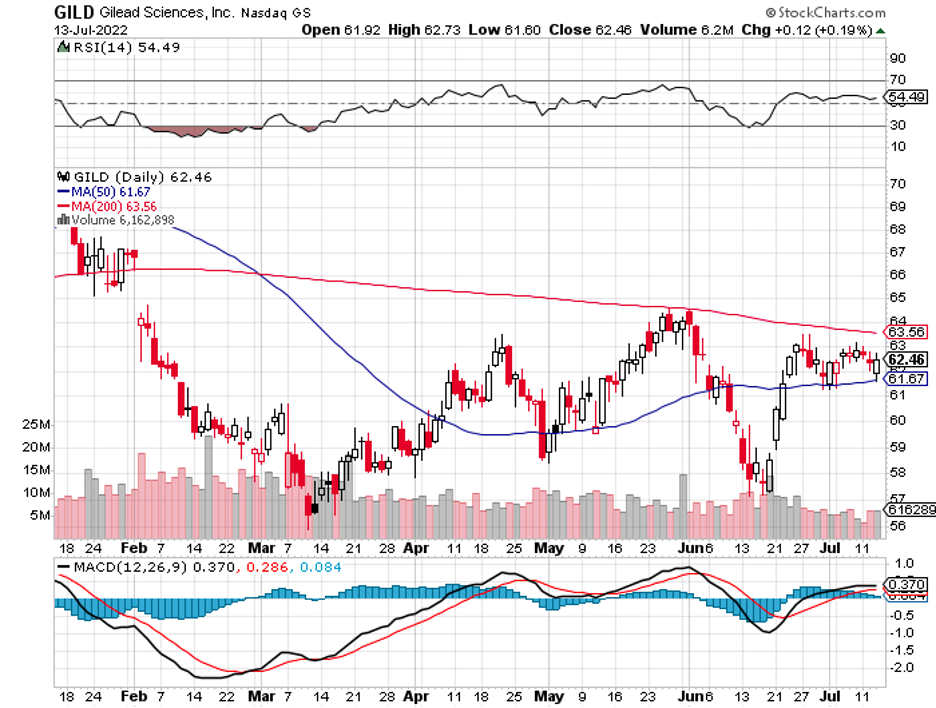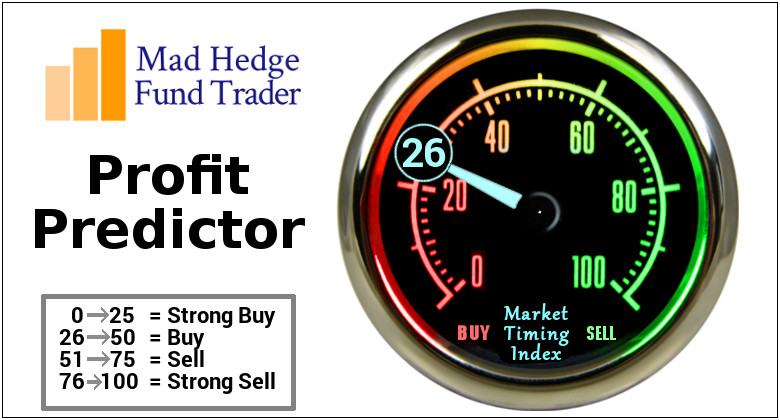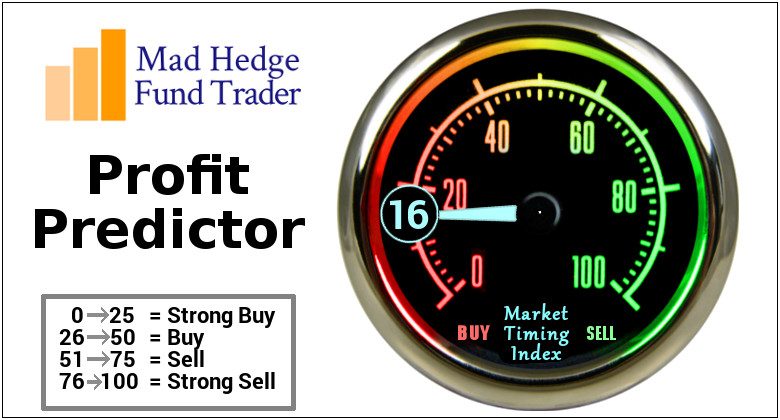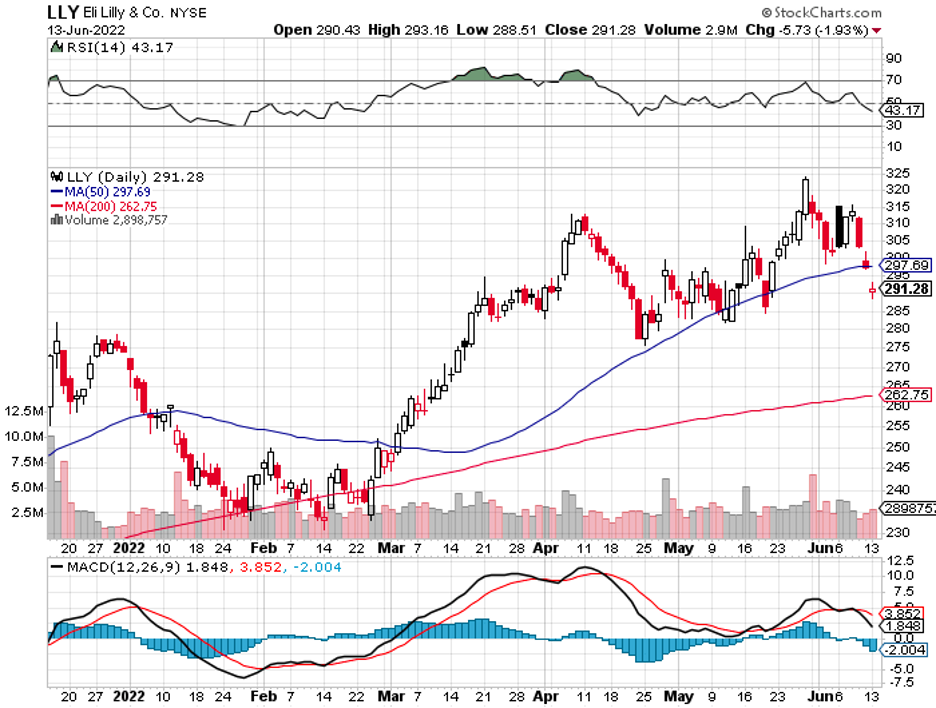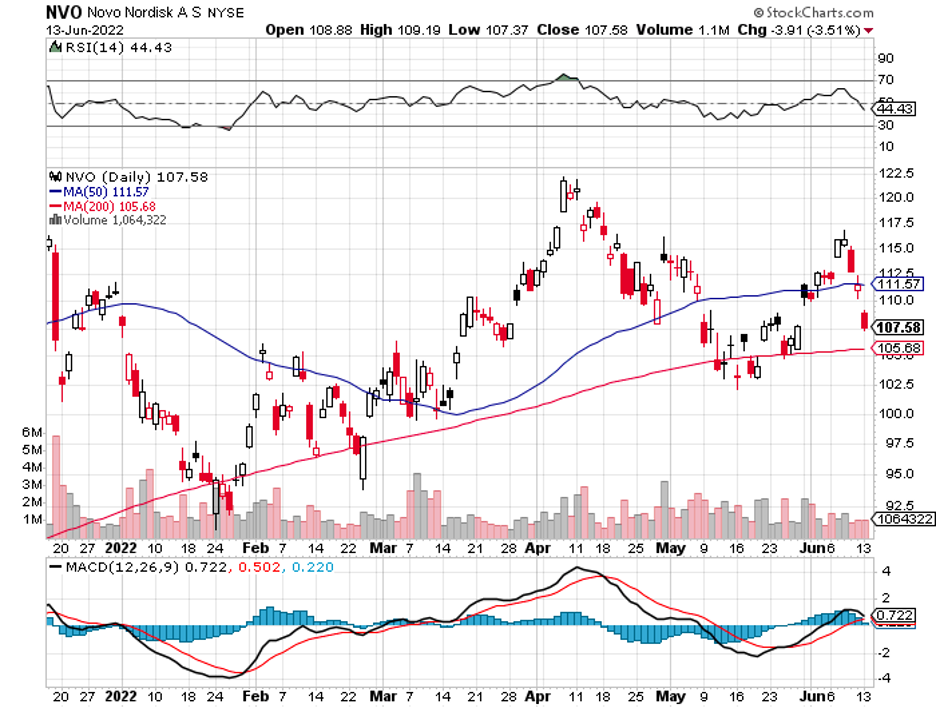Following a promising first half of 2022, it looks like the markets are taking an about turn as more and more investors start dumping their stocks.
The seemingly recovering Nasdaq Composite showed a 4.3% decline last month despite reporting its best record since 2020 just last July.
Nevertheless, several biotech names appear to have avoided the crash thanks to some exciting company-specific updates.
The top gainers so far include Apple DNA Sciences (APDN), which skyrocketed 340% by the end of August. Among the projects in its pipeline, the most promising to date is its monkeypox virus test.
Another name on the list is Reviva Pharmaceuticals Holdings (RVPH). This clinical-stage biopharmaceutical firm reported a whopping 244% gain during its second-quarter earnings report.
However, the top gainer that has been on the news lately is Minerva Neurosciences (NERV). This budding biopharmaceutical company gained 321%, according to its report last month.
Minerva Neurosciences isn’t a name I have kept track of nor even heard of until these past months when its wild upswing started to make me curious.
The company started attracting attention when billionaire Steve Cohen of Point72 Asset Management fame invested in it. This move saw Minerva Neurosciences’ shares soar to more than 70% at that time.
Just before August wrapped up, the company filed for its long-delayed schizophrenia treatment, Roluperidone.
Entering the neuroscience industry is a clever move, especially with the potential of this segment. In 2021, this market was estimated to be worth $32.22 billion. By 2027, the neuroscience segment is projected to reach $41.24 billion.
As for schizophrenia, roughly 1% of the entire population is affected by this disease. Based on recent WHO reports, more than 24 million individuals are suffering from schizophrenia annually.
In 2021, the global schizophrenia drug market was reported to cost $8.02 billion. Taking into consideration the changes in the environment and living conditions, the number is expected to go higher as the years pass. With these in mind, the estimated worth of this market is expected to reach $10.15 billion by 2027.
Minerva Neurosciences wouldn’t be the first to take interest in the schizophrenia segment. Prior to this biopharma’s entry, there have already been a handful of key players attempting to be hailed as the leader of this sector.
The names include Johnson & Johnson (JNJ), Bristol-Myers Squibb (BMY), AstraZeneca (AZN), Eli Lilly (LLY), and Pfizer (PFE).
However, only Minerva Neurosciences specifically targets the negative symptoms of schizophrenia. That makes the company stand out in this steadily growing segment.
Given that Minerva Neurosciences is cheaper than these stocks, would it then be wise to buy shares from the smaller company to gain entry into the neuroscience market?
At this point, Minerva Neurosciences has yet to prove that it’s more than just a one-trick pony. In fact, the company has not even sufficiently shown that it has mastered its single trick.
When looking at the potential of any biotechnology and healthcare company, I generally begin by checking out its pipeline.
For Minerva Neurosciences, the list does not look sustainable.
The company’s MIN-301 for Parkinson’s Disease remains inconsequential since it’s still in the preclinical trial stage.
Prior to this, Minerva Neurosciences worked with JNJ to develop treatments for insomnia and major depressive disorder. However, those have yet to yield tangible results that can move the needle for the company’s share price.
That means Minerva Neurosciences is all about Roluperidone. While the company is moving as fast as it could to launch the product to market, more questions remain than answers.
Actually, the company seems to have eliminated earnings conference calls. These could have been useful in offering a more accurate picture of its future, but it looks like investors will need to make do with whatever information is published.
Admittedly, exciting times could very well be waiting for Minerva Neurosciences’ shareholders. The recent progress with Roluperidone most likely offered them some relief.
No doubt that the optimistic investors are hoping that the 321% gain would signify another incredible run in the following weeks. However, this might not be likely. In fact, a pullback seems to be more in the horizon.
Considering its sparse pipeline and the lingering uncertainty over Roluperidone’s performance, this might not be the best time to buy Minerva Neurosciences’ shares.

